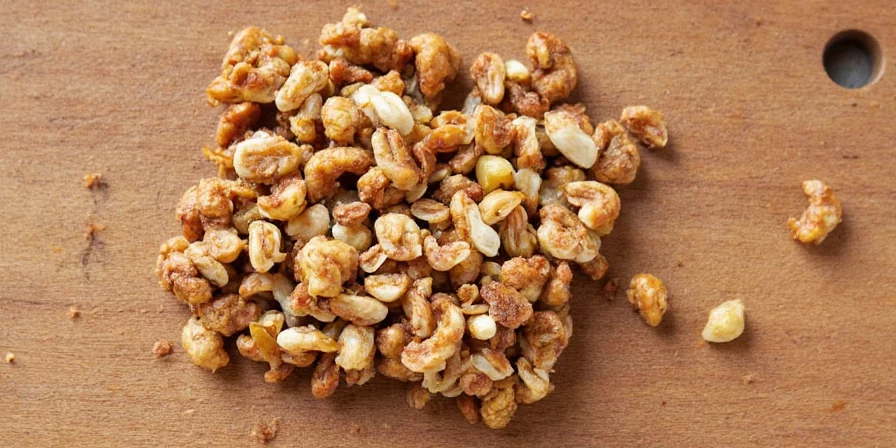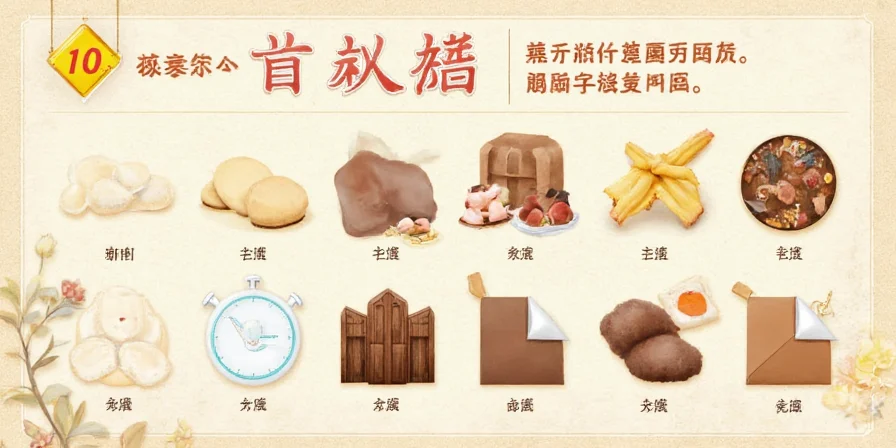If you've ever been overwhelmed by unexpected chili heat, this guide delivers immediate solutions. The key to controlling green chili pepper heat lies in strategic seed/membrane removal and pairing with dairy or acid—here's exactly how to do it while preserving maximum flavor.
Unlike popular belief, simply removing seeds isn't enough. The white pith surrounding seeds contains 80% of capsaicin. For precise heat control: wear gloves, slice lengthwise, then scrape membranes with a spoon before dicing. Even mild varieties like Poblanos can be made fiery by keeping membranes intact.

Green Chili Pepper Types: Heat & Flavor Comparison
Selecting the right chili prevents cooking disasters. This updated 2025 reference includes seasonal availability and chef-recommended substitutions:
| Chili Name | Heat Level (SHU) | Flavor Profile | Ideal Applications | Seasonal Availability |
|---|---|---|---|---|
| Jalapeño | 2,500–8,000 | Grassy, earthy | Tacos, nachos, fresh salsas | Year-round (peak Aug-Oct) |
| Serrano | 10,000–23,000 | Fruity, bright acidity | Pico de gallo, ceviche | Summer (Jun-Sep) |
| Poblano | 1,000–2,000 | Smoky, mild bitterness | Chiles rellenos, roasted dishes | Summer (Jul-Sep) |
| Hatch | 1,500–8,000 | Sweet, vegetal, complex | Southwestern stews, sandwiches | Aug-Sept (fresh), frozen year-round |
| Cubanelle | 100–1,000 | Citrusy, peppery | Stir-fries, stuffed dishes | Summer (Jun-Aug) |

Science-Backed Heat Control Methods
Professional kitchens use these exact techniques for predictable results:
- Membrane mapping – Remove 25%, 50%, or 75% of membranes for graded heat levels (test with small batches first)
- Dairy pairing – Whole milk works 3x better than skim; full-fat Greek yogurt neutralizes heat while adding tang
- Acid balancing – Add lime juice before sugar to maintain brightness without masking heat
- Cooking sequence – Add chilies early for mellow heat diffusion, late for sharp punch
- Temperature control – Roast at 400°F for 20 minutes to reduce heat by 30% while enhancing sweetness
Pro tip: Keep a small bowl of cold yogurt nearby when tasting. It provides instant relief while preserving your palate for adjustments.

10 Precision Heat Management Techniques
- Prep workspace first – Keep paper towels and vinegar solution (1:3 vinegar:water) for accidental contact
- Roast over open flame – Creates flavor complexity while reducing raw bitterness by 40%
- Membrane gradient technique – Leave membranes on one half for layered heat in sauces
- Dairy timing – Add cold yogurt at serving for maximum heat reduction (room-temperature dairy spreads capsaicin)
- Uniform dicing – Use a mandoline for 1/8" slices ensuring even heat distribution
- Acid-sugar sequence – Add lime juice before sweeteners to maintain brightness
- Cutting board protocol – Use separate boards for neutrals (onions) vs. heat carriers (chilies)
- Freeze in oil cubes – Preserves flavor better than water; thaw directly into hot pans
- Cooling bases – Blend with avocado or white beans for natural heat tempering
- Batch labeling – Note harvest date and heat test results on frozen portions
Heat Control Myths vs. Kitchen Reality
| Common Myth | Scientific Reality | Actionable Fix |
|---|---|---|
| "Seeds contain all the heat" | Membranes hold 80% of capsaicin; seeds just absorb it | Scrape membranes completely with spoon edge |
| "Beer cools burning mouths" | Alcohol spreads capsaicin; fat neutralizes it | Keep full-fat yogurt within reach during cooking |
| "All green chilies are spicy" | Cubanelles (100-1,000 SHU) are milder than bell peppers | Use Cubanelles for child-friendly 'spicy' dishes |
| "Heat increases with cooking time" | Long simmering diffuses but doesn't eliminate heat | Add chilies late for sharp heat, early for mellow infusion |
| "Color indicates ripeness" | Some stay green permanently; check seed color (brown = ripe) | Use seed maturity, not color, to judge heat potential |

Professional-Grade Storage Methods
Extend freshness while maintaining heat consistency:
- Short-term (4-7 days): Store unwashed in paper bag (not plastic) in crisper drawer
- Flash-freezing: Roast, peel, and freeze on baking sheets before vacuum sealing
- Oil preservation – Submerge roasted chilies in olive oil with garlic for 6-month shelf stability
- Pickling ratio – Use 1:1 vinegar:water with 1 tbsp salt per cup for optimal crunch retention
- Heat preservation index – Frozen chilies retain 90% heat; pickled lose 25%; oil-preserved maintain 95%

Critical Heat Management Questions Answered
Q: How do I fix an over-spiced dish immediately?
A: Add 1/4 cup full-fat yogurt per serving while cooking. For finished dishes, serve with avocado slices (fat binds capsaicin 3x better than dairy). Never use water—it spreads heat.
Q: Why does my chili heat vary even from same batch?
A: Water stress during growth increases capsaicin. Always test one piece before committing. Store-bought chilies from same tray can vary by 300% in heat.
Q: Can I reduce heat without losing flavor?
A: Yes—roast at 400°F for 20 minutes. This breaks down 30% of capsaicin while caramelizing natural sugars for deeper flavor.
Q: Do green chilies get hotter as they age?
A: No—freshness decreases heat. Use within 3 days for maximum potency. Frozen chilies maintain consistent heat for 6 months.
Q: What's the safest way to handle super-hot varieties?
A: Wear nitrile gloves (latex isn't sufficient), work in ventilated area, and use dedicated tools. Never touch face—even residual oils cause severe irritation hours later.
Mastering Green Chili Heat: Key Takeaways
Controlling green chili heat isn't guesswork—it's precise science. By focusing on membrane management rather than just seeds, using dairy strategically, and understanding how cooking methods affect capsaicin, you gain complete command over heat levels. The most successful chefs treat chilies like any other seasoning: measured, intentional, and calibrated to the dish.
Start with mild varieties like Cubanelles to build confidence, then experiment with membrane gradients in Serranos. Remember: consistency beats intensity. When you can reliably reproduce the exact heat level every time, you've mastered the true art of chili cooking.












 浙公网安备
33010002000092号
浙公网安备
33010002000092号 浙B2-20120091-4
浙B2-20120091-4